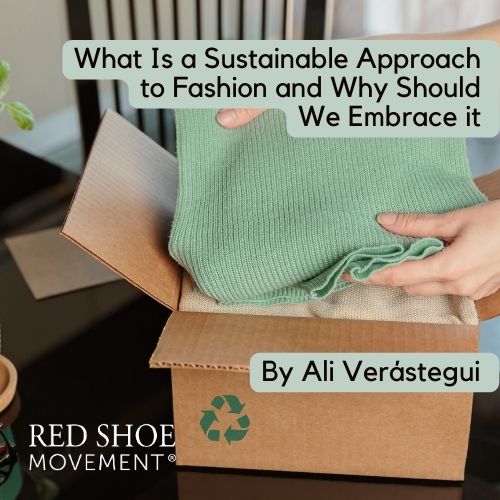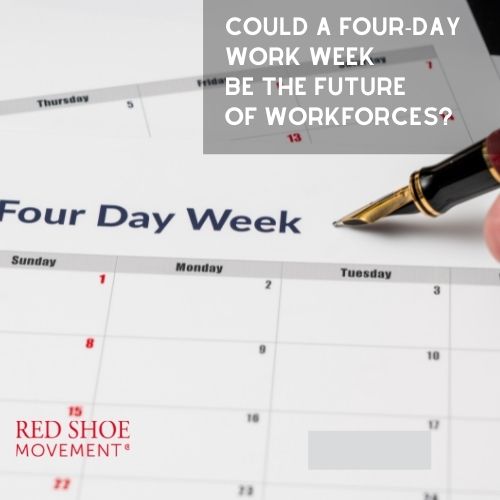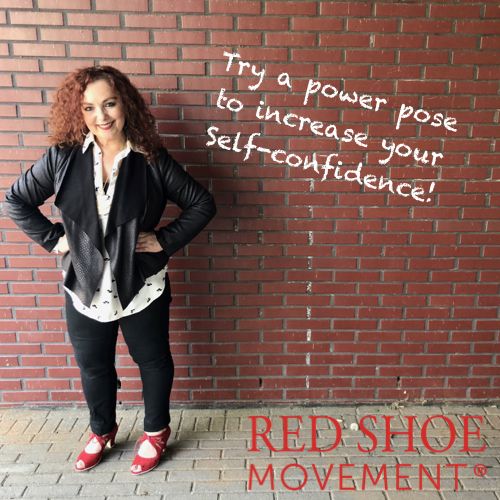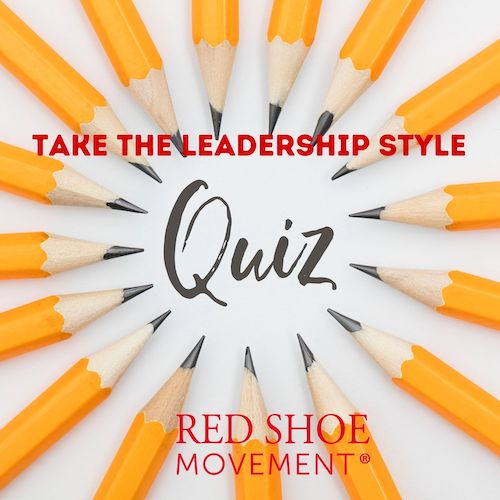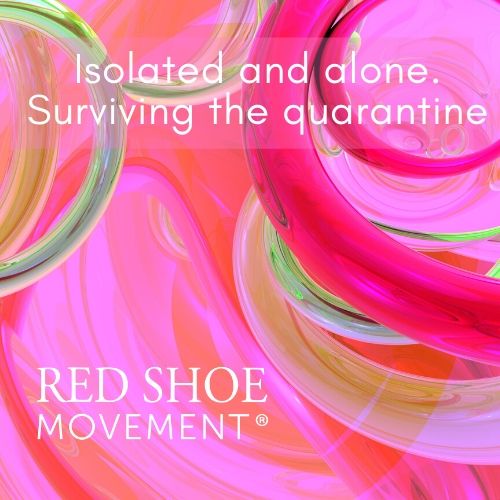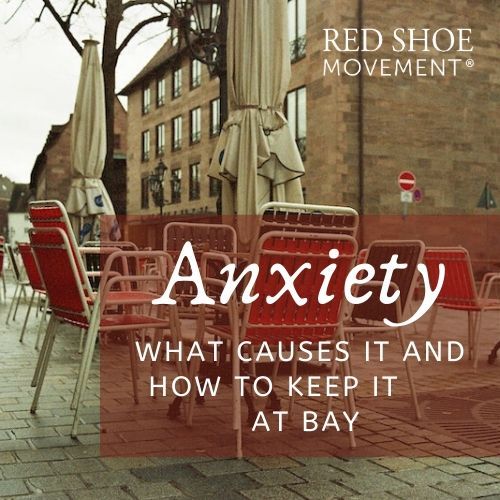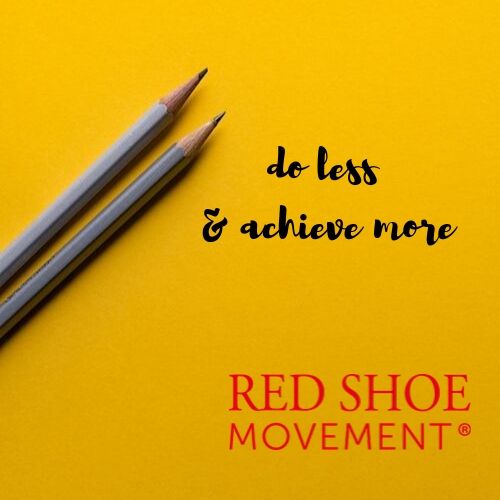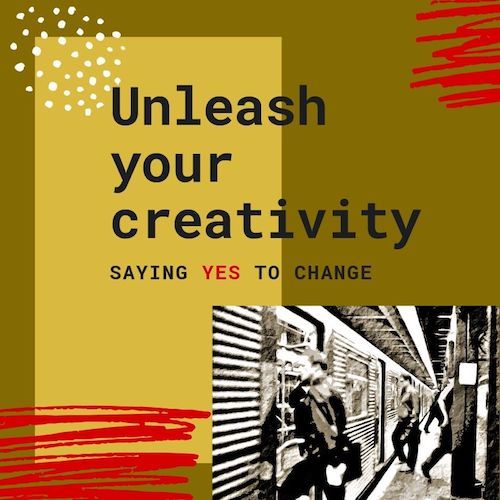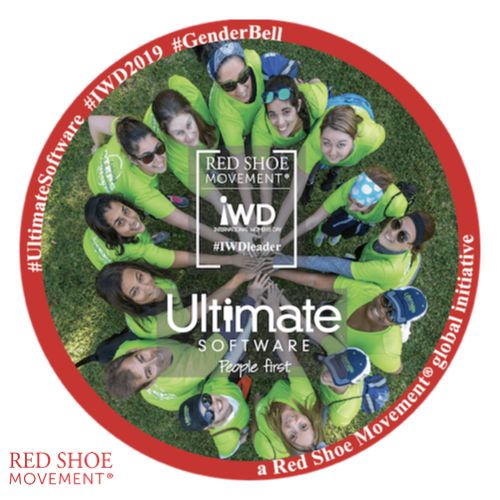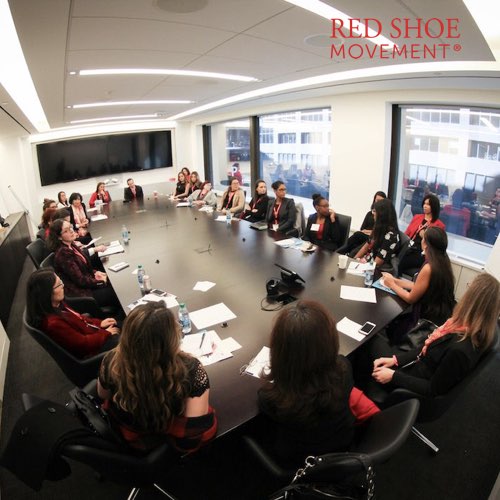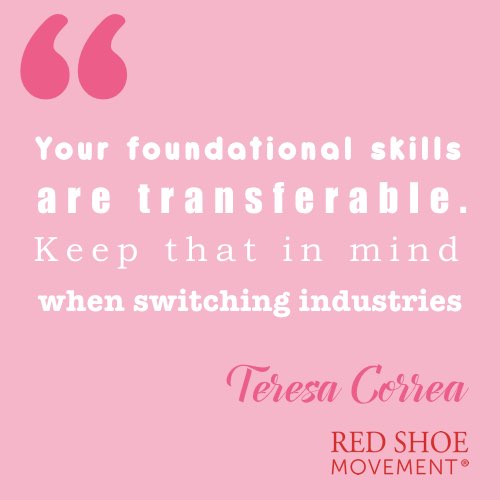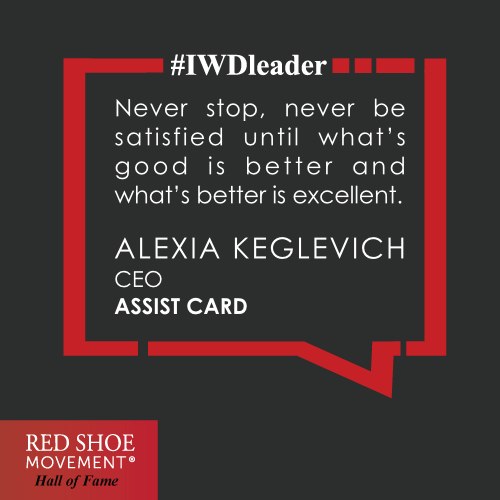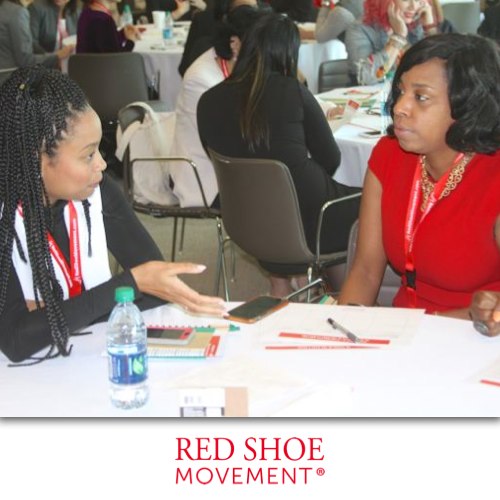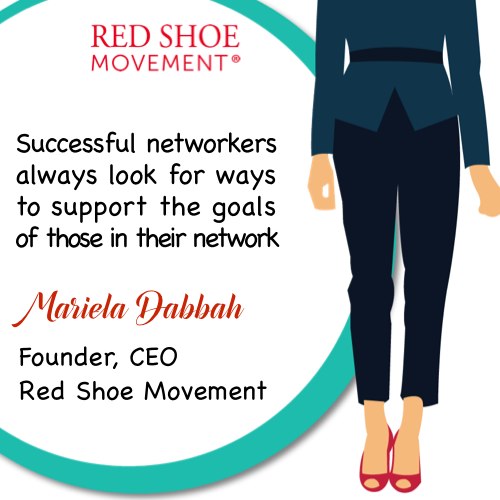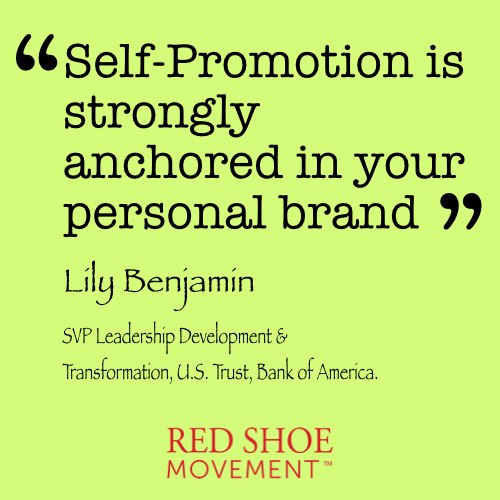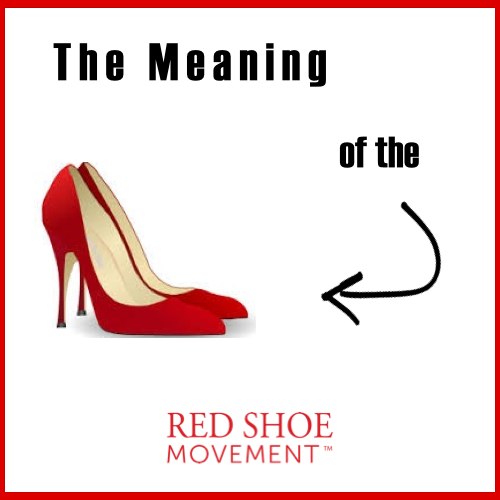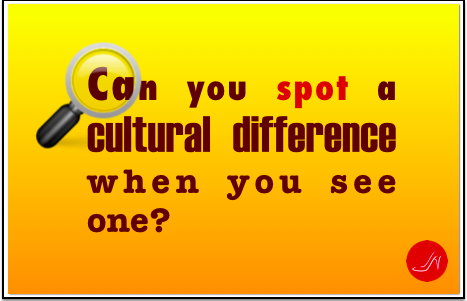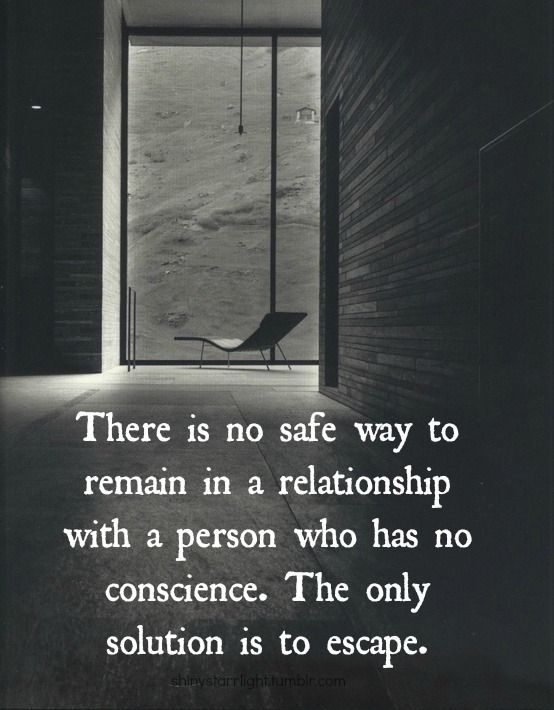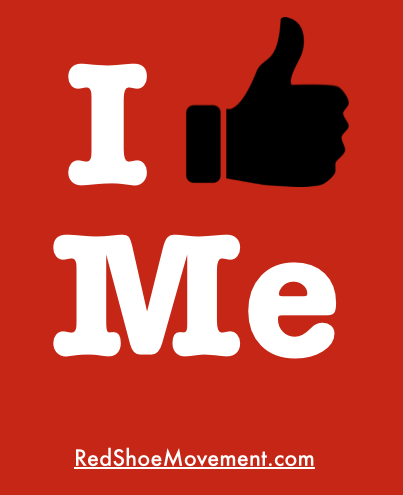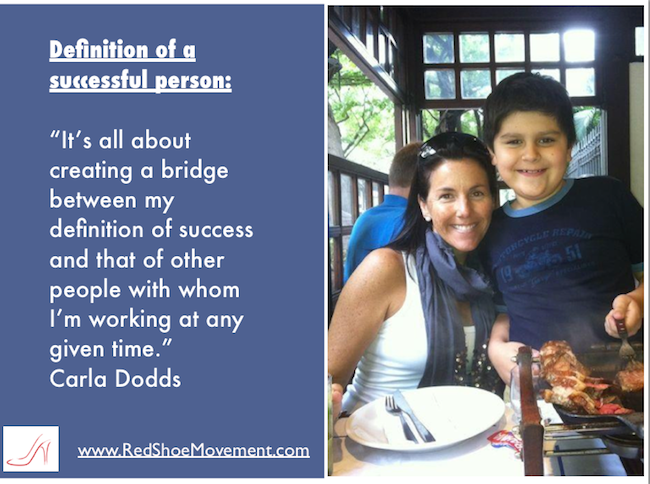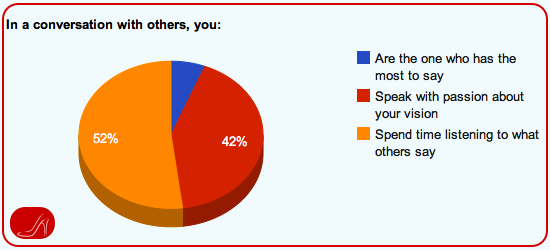There may be different classifications of communication styles but experts agree that nothing beats the assertive style when it comes to effective communication skills
There’s no way around it: If you are looking to achieve career success you must have effective communication skills. Regardless of whether you’re more on the extrovert or introvert end of the personality spectrum nothing will help you fulfill your goals as much as your connections with others. Leadership model after leadership model continues to point to a simple fact— People give opportunities to those they know and trust. So learning about different communication styles will aid you in identifying your style and to assess how well it’s serving you. The next step is to tweak whatever is not working in your favor.
Main classification of styles of communication
The Small Business Administration (SBA) identifies three communication styles: Aggressive, Passive and Assertive. Other groups identify four (aggressive, passive-aggressive, passive and assertive) or six styles (these four plus submissive and manipulative.) But the truth is the SBA’s chosen three communication styles may very well be the large buckets where you can dump all the others. It’s important to know the general characteristics of these three main communication styles as they are similarly defined by most experts. Here are the key points from the SBA’s definitions.
Communication styles 101

Aggressive
General Characteristics
- Poor listener
- Has difficulty seeing the other person’s point of view
- Monopolizes conversation
- Achieves goals at others’ expense
- Domineering, bully
- Condescending, sarcastic
Behavior
- Puts others down
- Think they are always right
- Bossy
Nonverbal Cues
- Points, shakes finger
- Squints eyes critically
- Glares or stares
- Rigid posture
- Critical, loud, yelling tone of voice
Verbal Cues
- Verbally abusive
- Use commands like: “You must,” “Don’t ask why, just do it”
Passive
General Characteristics
- Low self-esteem
- Indirect, hesitant
- Always agrees
- Doesn’t speak up
- Apologetic, self-conscious
- Trusts others to make decisions for self
- Doesn’t express own wants and feelings, so they usually don’t get what they want
Behaviors
- Tries to avoid conflict
- Clams up when feeling treated unfairly
- Asks permission unnecessarily
- Complains instead of taking action
- Lets others make choices of self
- Has difficulty implementing plans
Nonverbal Cues
Fidgets
- Lack of facial animation
- Smiles and nods in agreement
- Downcast eyes, slumped posture
- Low volume, meek
Verbal Cues
- Monotone, low energy
- Passes on opportunities they believe others are better suited for: “It’s better if you do it.” “You have more experience than me”
- Self doubt: “I can’t…”
Assertive
General Characteristics
- Effective, active listener
- States limits, expectations
- States observations, not labels or judgments
- Expresses self directly, honestly, and as soon as possible about feelings and wants
- Checks on others feelings
- Non-judgmental
- Trusts self and others, confident
- Self-aware
- Open, flexible, versatile, sense of humor
- Decisive, proactive
Behavior
- Operates from choice
- Action-oriented, realistic in their expectations
- Takes appropriate action toward getting what they want without denying rights of others
- Firm
- Fair, just
- Consistent
- Nonverbal Cues
- Open, natural gestures, relaxed posture
- Attentive, interested facial expression
- Direct eye contact
- Varied rate of speech, expressive
Verbal Cues
- “I choose to…”
- “Let’s review our options”

Effective communication skills make “assertive” king among communication styles
When you look at the characteristics of people with an assertive communication style you can tell that they are good at establishing and nurturing relationships. They are confident, trustworthy, open, sensitive to others, and able to express their feelings and needs as they occur. All of this contributes to them being great people to work with. They are good problem-solvers who can get into action right away. And because they can take into consideration everyone’s needs, they also tend to be good negotiators.
For women, there’s a fine line between the assertive and the aggressive communication styles though. Attitudes that would be perceived as assertive when expressed by a man may be perceived as aggressive when expressed by a woman. How to change that perception? Use the empathy advantage recently discussed in Mariela Dabbah’s blog on Engaging men in gender initiatives. Women can easily sprinkle their attitude with empathy to tone down that misperception. For example, instead of raising your voice to command authority, make eye contact, smile, and make a strong statement that addresses the feelings of the other person. And remember to avoid raising your tone at the end as if you were asking a question. “I know you rather not re-write the report but as it stands it doesn’t make the case we are trying to present to the client. And in the end, our goal is to keep the client happy because the client pays our salaries. So please re-write it with the parameters we discussed earlier.”

Photo Credit: dreamstime.com
Being assertive means you ask for what you want rather than expect people to give it to you. It means you’re able to clearly express your value for the company you work for, and that you are at ease talking about your achievements in a powerful way. It means you know your rights and the rights of others and are able to stand for them in a non-confrontational way.
Negative impact in your career of aggressive and passive communication style
People with low self-esteem either assume one of two styles: A passive stand and fade in the background giving up being themselves, allowing others to make decisions for them, and keeping their feelings inside while the frustration and resentment built up until it comes out in inappropriate ways. Or they assume an aggressive stand abusing others verbally, showing impatience, anger, hostility and the constant need to win every argument. Both styles tend to push people away. Nobody likes a pushover (passive) or a bully (aggressive). They are not productive styles of communication to aim for. So if you see yourself reflected on either one of these, take some time to evaluate the price you may be paying.
Situations when a good dose of passive or aggressive style is needed
Few people have one of these communication styles 100% of the time. And as a matter of fact there are situations in which even people with Assertive styles demonstrate effective communication skills by adopting some of the traits of the Aggressive or Passive styles.

Here are some examples of good use of aggressive style
- When a quick decision is needed
- When you participate in any sort of competition
- When facts are critical and you have them right
And here are examples of good use of passive style
- When emotions are running high and it benefits everyone to calm down
- When you have considerable less power than the person you are negotiating with
- When circumstances are impossible to change (regulations, laws, etc.)
If your goal is to continue to move up the career ladder you should strive for an assertive communication style while remaining flexible enough to adopt the aggressive or passive styles when appropriate. It’s by far the most productive way to develop the relationships needed for growth.
















